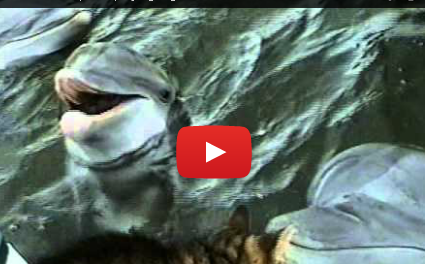
During the Heroic Age of Polar Exploration, scientists who pushed the envelope were celebrated. Times have changed.
Big dreams of adventure were not uncommon in the late 1800s and early 1900s, a time known as the Heroic Age of Polar Exploration. But one adventurer may have taken such aspirations to the next level: in 1895, at a London conference on polar research, a Swedish engineer named Salomon August Andree declared his intention of reaching the North Pole via hot-air balloon.
It was a gutsy goal. But Andree believed in his technological skill and his intrepid spirit. On July 11, 1897, he and two fellow aeronauts cast off from the Arctic island of Spitsbergen in the Svalbard Archipelago in a 1.5-ton, 97-foot-tall balloon. Unfortunately—maybe even predictably—they never returned.
In hindsight, it could be said that Andree’s objective was just a footnote in the annals of big adventures gone awry. If the mission’s outcome had happened today, there would probably be a viral YouTube video on the mishap or a Darwin Award.

In 1897, Andree and company cast off from Spitsbergen with the intention of ballooning over Arctic mountains. ©Kitty Terwolbeck, flickr
Back then, however, the adventure and the men who undertook it were treated quite differently in the story’s final chapter.
When wild dreams paved the way
Andree’s plan was to let the wind propel a hydrogen balloon from Spitsbergen, located north of Europe about halfway between mainland Norway and the North Pole, across the Arctic Sea to the Bering Strait. He projected that the balloon would wind up in Alaska, Canada or Russia and pass near or directly over the North Pole on the way.
In his 2012 book The Ice Balloon: S.A. Andree and the Heroic Age of Arctic Exploration, author Alec Wilkinson recreates this ill-fated voyage. Using information extracted from Andree’s diary, which was later found by seal hunters, Wilkinson relates that Andree thought his dream was achievable because he had a newly designed rope system that he believed would allow him to steer his airship.

Salomon August Andree’s balloon landed on the ice on July 14, 1897. One of his team’s members photographed the event. ©Nils Strindberg
Upon takeoff, however, Andree and his crew lost the ropes. For the next three days, their balloon bumped along the ice, kept low by heavy fog. Eventually, 295 miles north of their starting point, they executed a controlled landing and abandoned ship. On makeshift sledges, they hauled back to an island in the Svalbard Archipelago, where they died, some speculate, from cold and exhaustion.
As is well known, U.S. Navy engineer Robert Peary subsequently claimed to have reached the North Pole on April 6, 1909, and Norwegian Roald Amundsen and his party achieved the South Pole on December 14, 1911. The bold, almost-ridiculous attempt of Salomon August Andree may have played a part in inspiring their Arctic and Antarctica expeditions. We may never know.
When the ideals of science were celebrated
I’d bet that for every successful adventure into the unknown, there are preceding tales of people who reached for the same or similar stars and failed, such as that of Andree. In fact, I’d guess that daring attempts are a prerequisite for later “firsts” and accomplishments. After all, that’s the scientific process.

For every successful adventure into the unknown, there probably are preceding tales of people who reached for the same stars and failed. ©Nils Strindberg
The bodies of Andree and his companions were found in 1930, 33 years after the balloonists set out, and were returned home to Sweden via ships. The procession carrying their remains off the boats and into Stockholm on October 5, 1930, was said to be “one of the most solemn and grandiose manifestations of national mourning that has ever occurred in Sweden.” The three were viewed as having selflessly perished for the ideals of science and progress.
Imagine a nation mourning the deaths not of its celebrities, but of engineers and scientists. Imagine scientific endeavors, even if somewhat “out there,” being praised as worthy of esteem. I wonder if the majority of us today could even come up with the names of some current scientists, working on wild dreams.
Now, in a time when science is being removed from official government websites or hidden from public view and when climate change science is in full denial by the current United States of America administration, I find that extremely significant.

Today, scientists are collecting important sea-ice data, but do any of us know their names or much about their projects? ©NASA Goddard Space Flight Center
It certainly makes it seem as if the age we’re now living in isn’t very heroic at all.
Here’s to finding your true places and natural habitats,
Candy


































